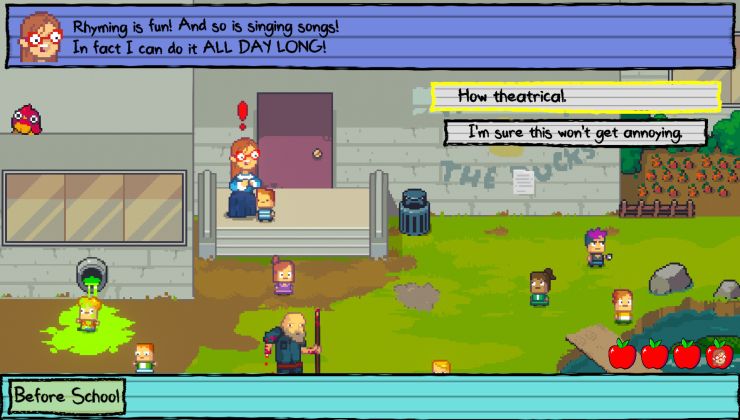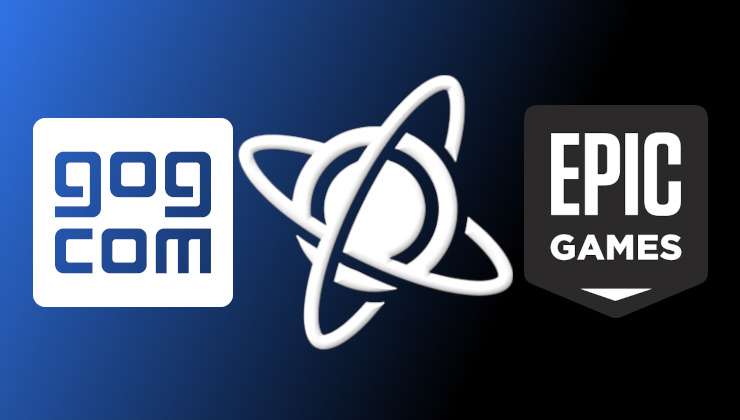As promised, AMD FidelityFX Super Resolution 3 is now open source under the MIT license and available for all developers to look into and add into their games. Currently though, this initial open source release only includes support for DirectX 12, as Vulkan support is "in development and will be released in a future version".
More about it:
AMD FidelityFX™ Super Resolution 3 (FSR 3) technology uses a combination of super resolution temporal upscaling technology and frame generation to deliver a massive increase in framerates in supported games.
AMD FSR 3 technology extends upon FSR 2’s upscaling by adding Frame Generation – the ability to generate entirely new game frames and present those to the user to improve FPS. FSR 3 does this by adding two new technologies – Frame Interpolation and Optical Flow enhanced from AMD Fluid Motion Frames.
Some nice improvements arrived with FSR3 v3.0.3 including quality improvements and extends support for Variable Refresh Rate (VRR) monitors within the frame pacing logic.
More games are confirmed to be getting FSR3 too with Avatar: Frontiers of Pandora recently released with it. Other games that will get support for it include Eve Online, Farming Simulator 22, Squad, Warhammer Darktide, Space Marine II, Starfield, Starship Troopers Extermination, Cyberpunk 2077, Crimson Desert, Black Myth: Wukong, The Alters, Like a Dragon: Infinite Wealth and Pax Dei.
See their announcement blog, FSR3 page and the GitHub - currently FSR3 on GitHub is in its own special branch.
Hope someone manage to compile on linux and vulkan works. (And even make an opengl backend if possible).
But releasing the code is one start.
Still, I did a quick look at the source at it seems that it doesn't support linux, and vulkan is in development.
Hope someone manage to compile on linux and vulkan works. (And even make an opengl backend if possible).
But releasing the code is one start.
Well, it's a new technology that was also obviously rushed out the door before it was ready, back in October, so it makes sense that it's still missing bits and pieces and is for the time being focused on the most prevalent graphics stack first, i.e. DX12. Vulkan being in active development is enough for me.
I'm crossing my fingers that it will be possible to compile it as a DLL and so add unofficial FSR3 support to already existing games, like we can do with DLSS. And of course, that it will actually become usable in Wine in no more than a year from now (AFAIK, Proton devs have stated that FSR2 required work from AMD devs in order to build support for it in Proton, which probably means FSR3 will also need resources from an already resource-limited AMD).
I'm crossing my fingers that it will be possible to compile it as a DLL and so add unofficial FSR3 support to already existing games, like we can do with DLSS.
I don't think it's possible without games actually using it directly. How would temporal anti-aliasing work otherwise? It's not a post processing filter like let's say vkbasalt.
Last edited by Shmerl on 14 Dec 2023 at 9:23 pm UTC
I've been looking in to this a little and looks like the only APUs supported are the 7000 series. I know that using it to go from 30-40 fps to 60 creates too much input lag, but I thought it could be interesting to use it to go from 60 to 90 fps on the Steam Deck Oled, but unless they expand the supported hardware, looks like it won't happend.
Like upscaling, frame generation itself has some overhead. It's generally too much to handle for IGPs that aren't at the very top like a Radeon 780M. This is more noticeable the higher your input framerate is, since you'll have even less time to generate a frame.
Even on a RTX 4090, there's a glass ceiling with DLSS FG where you can't really reach more than ~220 FPS consistently no matter how lightweight the scene is.
Last edited by Calinou on 15 Dec 2023 at 12:54 pm UTC
You can generate motion vector data just like how video codecs do. Nvidia also has a sdk specifically for this (nvidia optical flow). I know that it has been used to add motion blur. I dont know how good it would look in practice for FSR3, it would depend on the type of game. It would be interesting to see somebody try it, especially as this can be done with the video encoding unit which is separate from the gpu so it shouldn't really affect performance of the game.
Edit: it seems like FSR 3 already has an option for this and is likely how they add FSR 3 to all games on windows with AMD hypr-rx. So technically it should also be possible to do this on linux too, in proton maybe.
I mean, to do it you need a sample over time. How are you going to do it from a single frame? So the game has to feed it to the library. Post processing filters that can be used without game's involvement work with a single frame.
Last edited by Shmerl on 16 Dec 2023 at 10:43 pm UTC
Enabling FSR frame generation appears to work for Immortals of Aveum. For example it goes from about ~85fps and jumps up to ~122fps using native AA fsr settings w/FG (no upscaling). feel free to try it for yourself (free demo)!. I couldn't get it working for Forspoken (but have heard that it is possible - not so for avatar).
Last edited by rustigsmed on 18 Dec 2023 at 3:38 am UTC









 How to install Battle.net on Linux, SteamOS and Steam Deck for World of Warcraft and Starcraft
How to install Battle.net on Linux, SteamOS and Steam Deck for World of Warcraft and Starcraft How to play games from GOG and Epic Games on Linux, SteamOS and Steam Deck
How to play games from GOG and Epic Games on Linux, SteamOS and Steam Deck